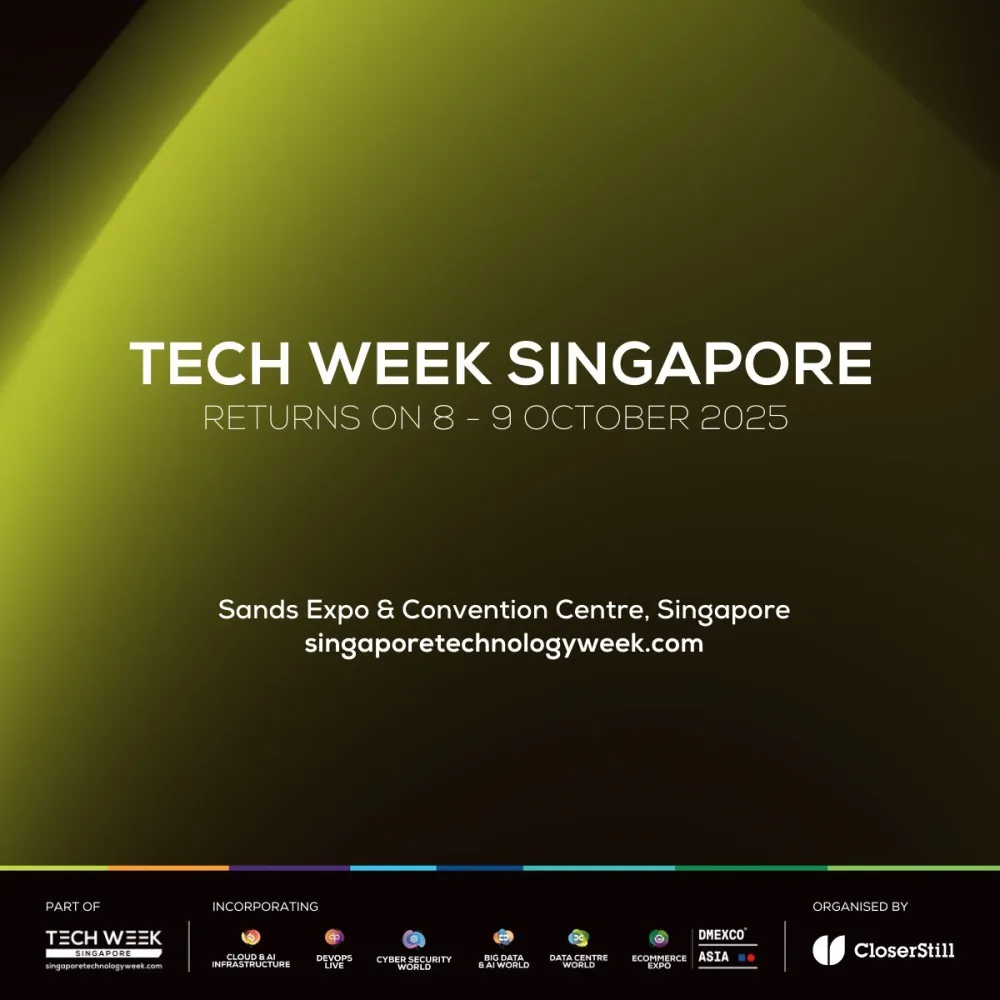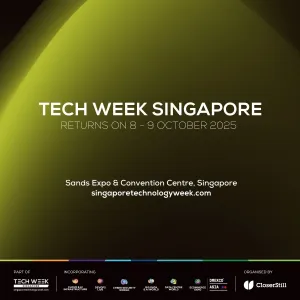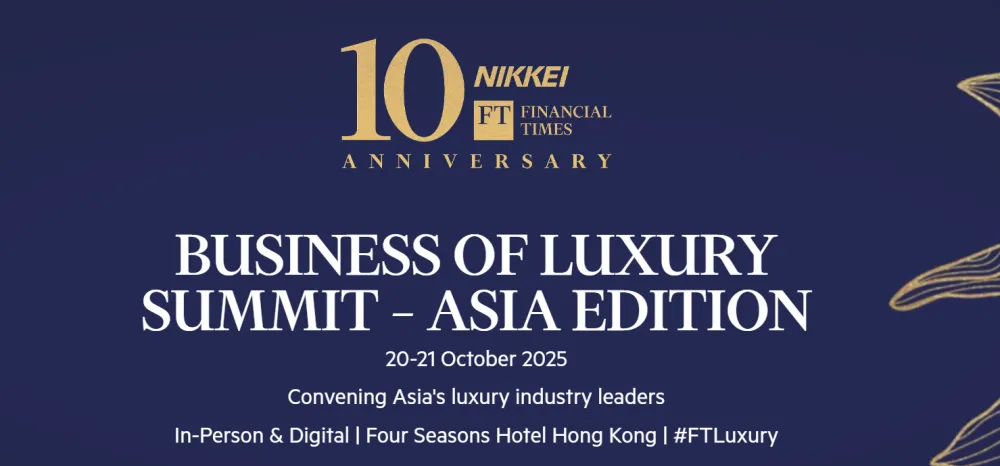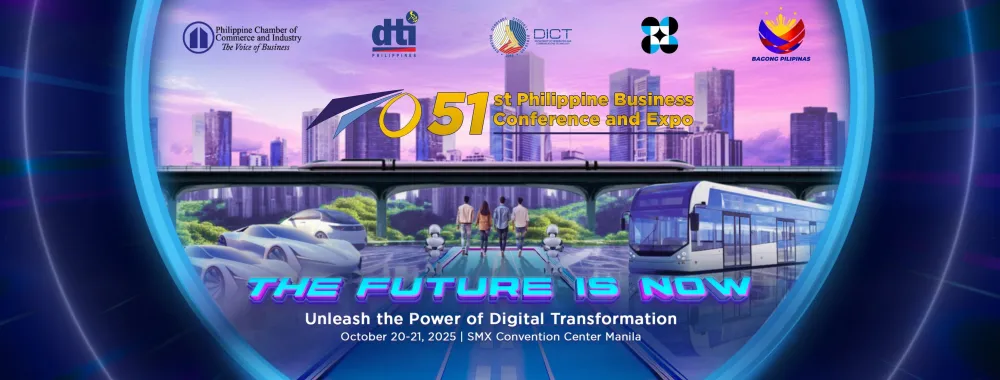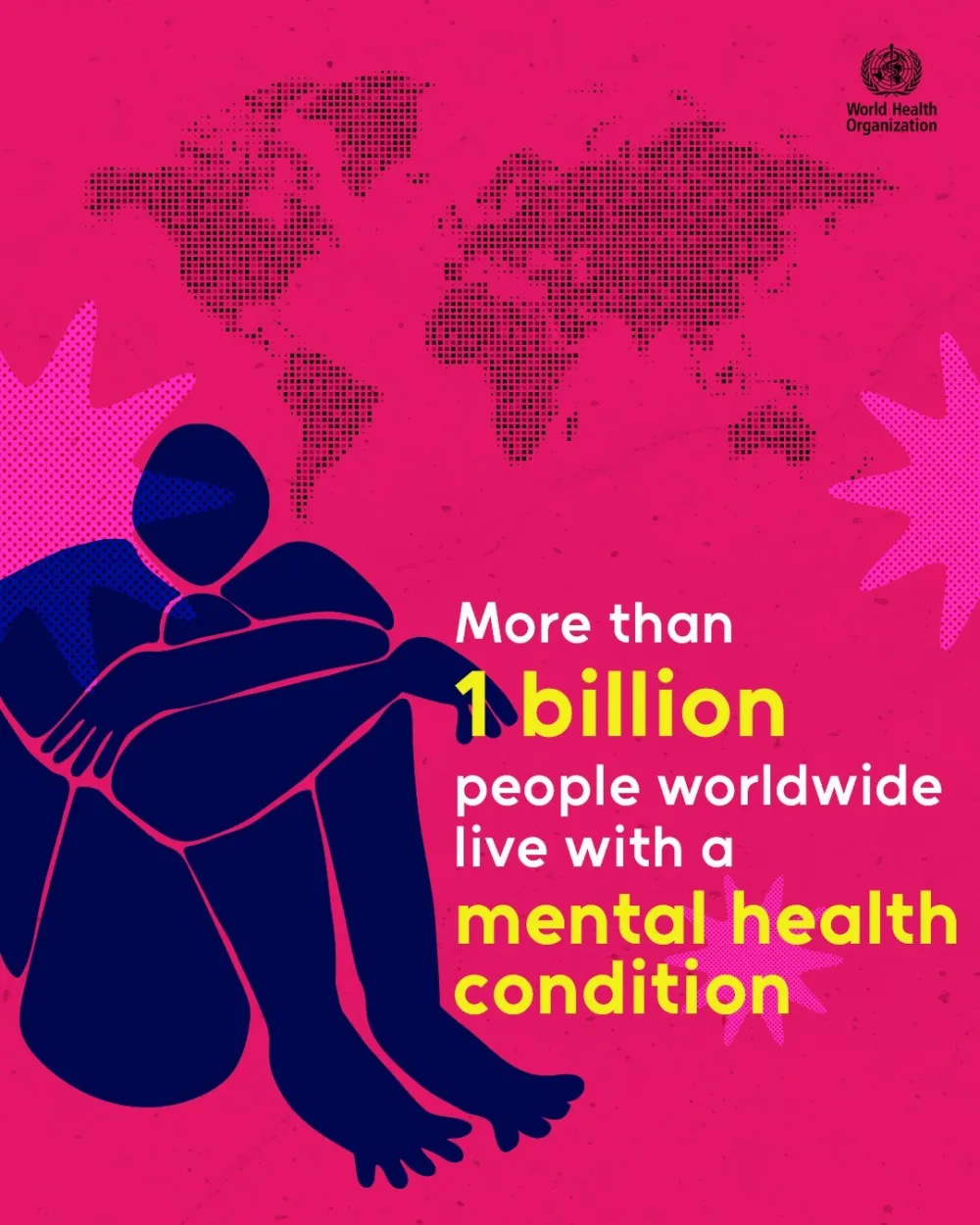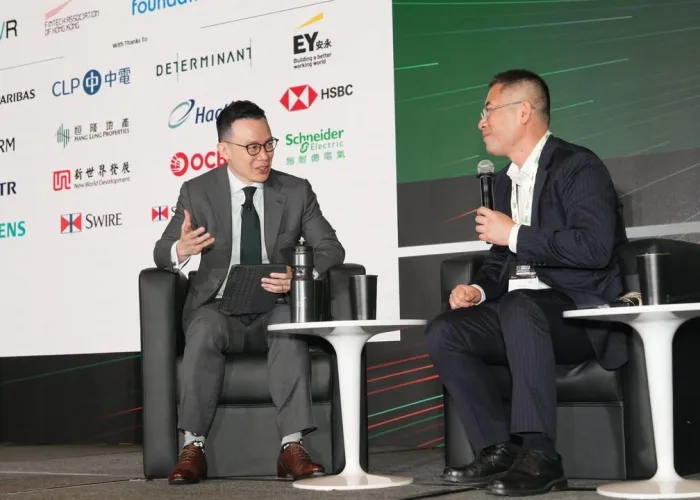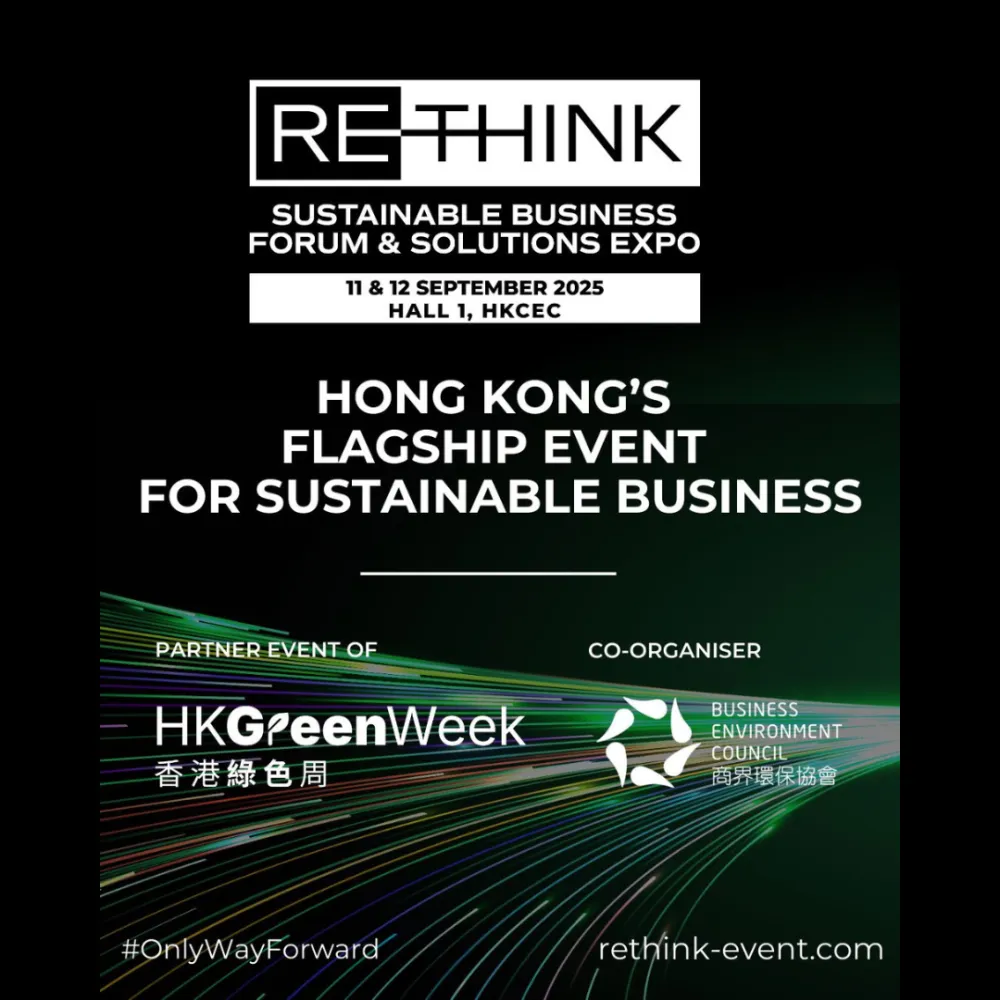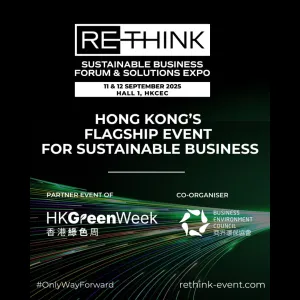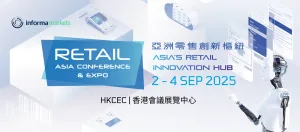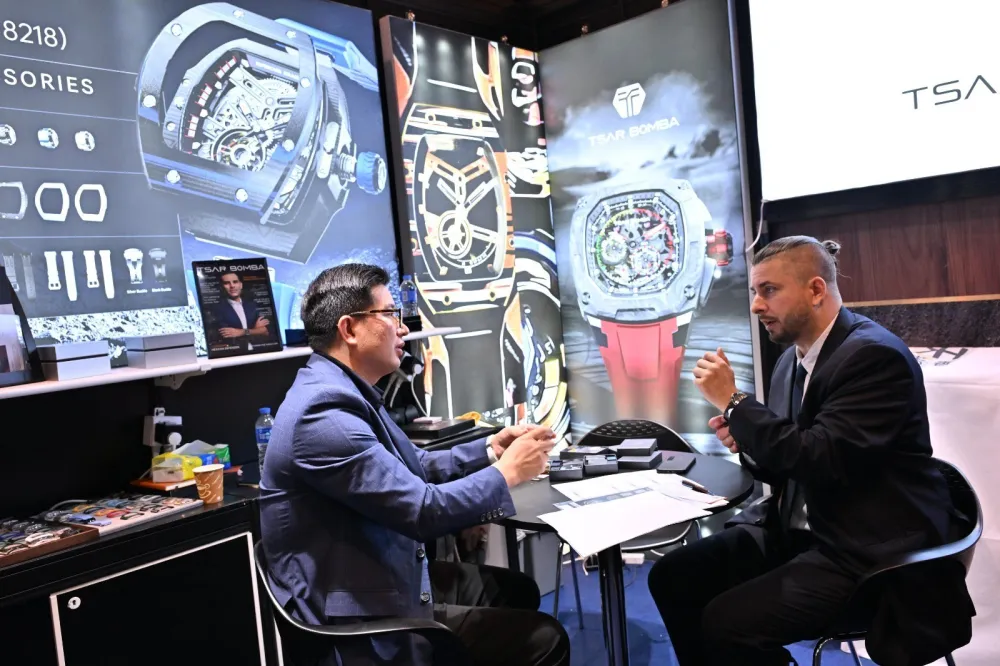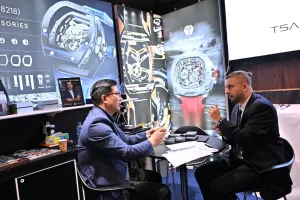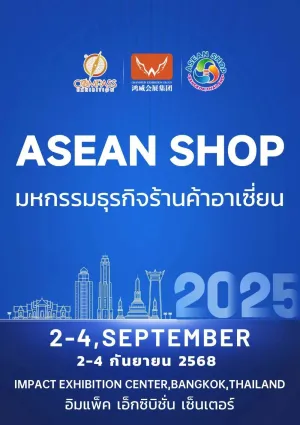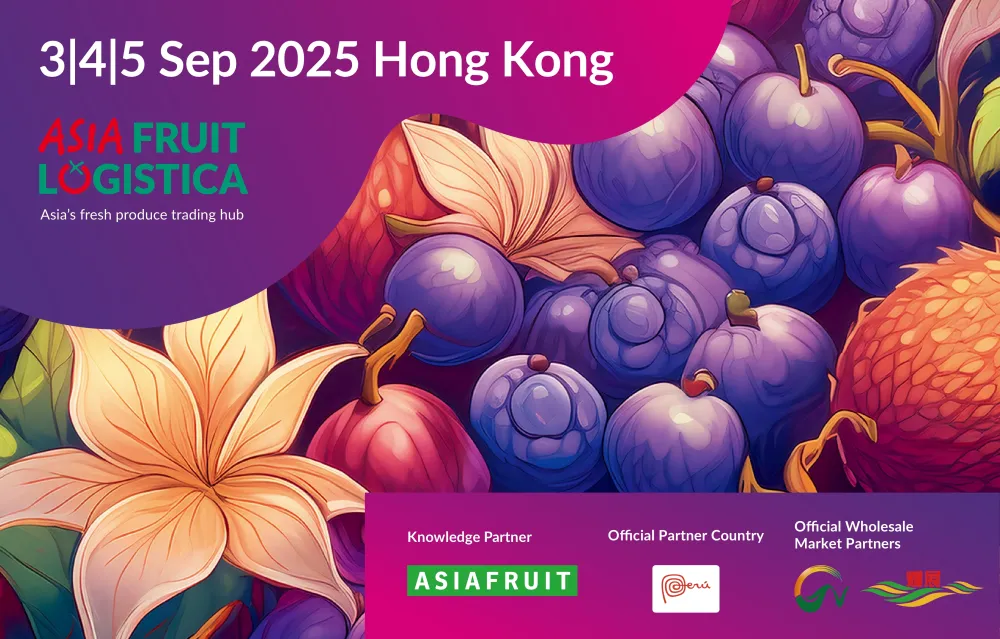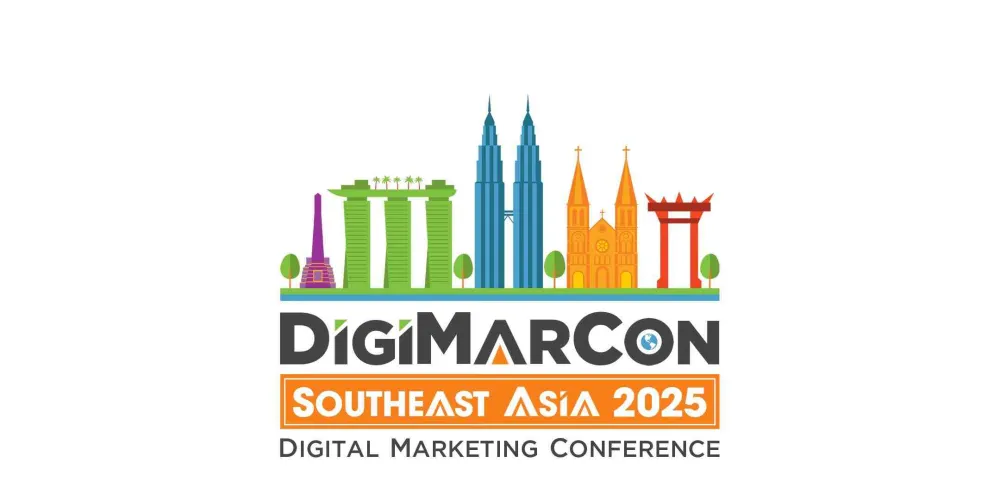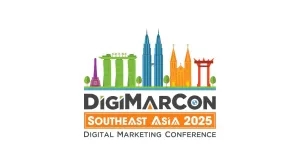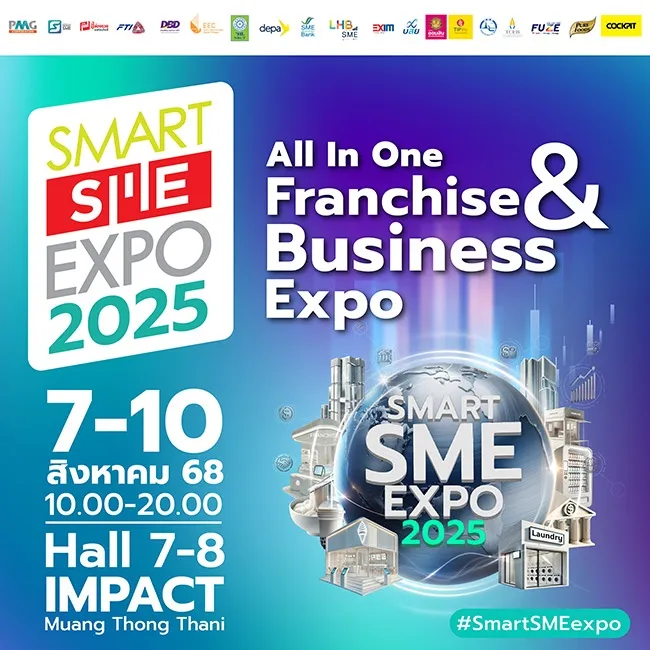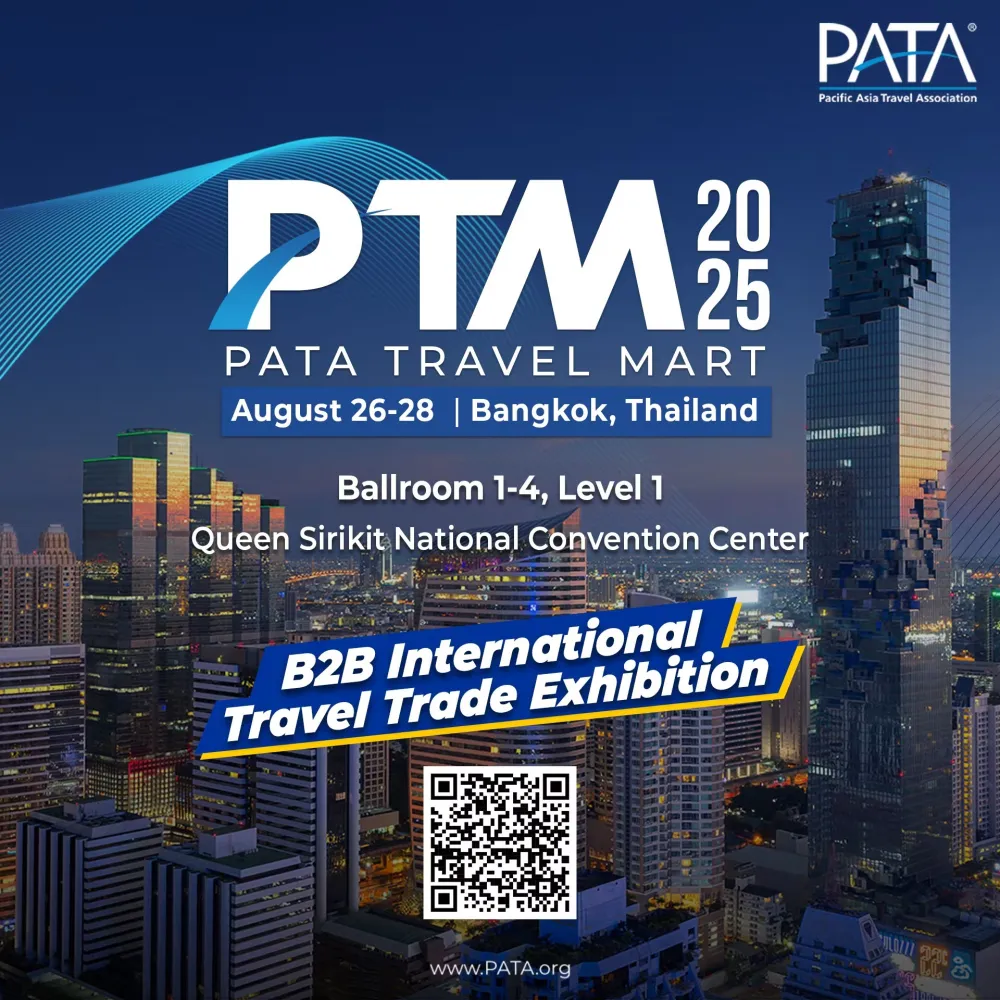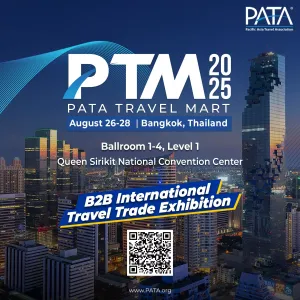What Is the Future of Work? Quality and Healthy Workspaces & Flexibility

While more companies are implementing Return to Office (RTO) plans, hybrid is here to stay. Still, there is much discussion about the future of office spaces and how employees could be encouraged to come in — or how companies could remain flexible.
At the recent Urban Land Institute (ULI) Philippines Annual Conference in Shangri-la The Fort, the Future of Work panel discussion was moderated by Colliers Managing Director Richard Raymundo and involved Menarco Development Corp. Founder and CEO Carmen Jimenez-Ong, IBPAP President and CEO Jack Madrid, uHoo CEO and Co-Founder Dustin Jefferson Onghanseng, Gensler Singapore Client Relationship Director Carlos Venegas.
The theme of the discussion was “Adapting to New Economic Realities and Opportunities” and panelists addressed key challenges the industry faces regarding work arrangements and evolving employee dynamics.

Flight to Quality
During the discussion, it was revealed that office space transactions across Metro Manila last year reached up to 827,000 square meters — a surprising 37% increase from the 2022 figures. Almost half are traditional firms, while BPMs (Business Process Management firms) and Philippine Offshore Gaming Operators (POGOs) account for 34% and 20%, respectively.
“Out of the 800,000 [square meters], there was actually [around] 500,000 square meters of ‘surrenders’ so technically, we had about 280,000 square meters of net demand. The good news is, we’re in net positive territory in 2023 as compared to two years of net negative,” Raymundo revealed.
He noted, however, that vacancy is still near 20% but certain areas such as Makati and Bonifacio Global City (BGC) are not suffering from too many vacancies. Makati CBD area vacancy, in particular, is in single digits.
What is the main reason for people surrendering their office spaces or relocating? Flight to quality. Raymundo shared, “It’s a tenants' market. [Tenants] are taking advantage of the good rents in the market right now. There are a lot of expansions happening, but there is a huge flight to quality and flight to value, as well.”
For Menarco’s Jimenez-Ong, the key to staying ahead of the curve is to continue to innovate in creating spaces. Earlier in the conference, Venegas revealed that office space trends include biophilic design and areas to recharge such as fitness zones and cafes.
“We build people- and planet-centered spaces; I think we buck the trend [Raymundo] discussed because Menarco actually hovers around 95 to 100% occupancy. In terms of our rent, we’re fetching fairly great prices for our spaces and I think that’s because where we’re heading is where we hope more developers will follow suit knowing that there is a flight to quality,” Jimenez-Ong shared.
She further added that their building has food outlets and places for community and concentrated thinking — plus gardens, exercise facilities, biophilia, a vertical museum, etc. Plus, they also hold acoustic nights and musical performances.
“We provide a reason for people to come to work. Having said that, with our other building that we’ve invested in, definitely there’s been so many changes. So I want to encourage those [other developers] who are wanting to do good and do well to just do it. If not now, when, right?”

Flexibility for Employees
Question remains, however, will employees return to the office (or will they want to)? Are fancy spaces enough to reel people in, given logistical concerns such as traffic and additional expenses?
Madrid of the IT and Business Process Association of the Philippines (IBPAP) shared that while their industry added 300,000 new jobs for Filipinos across the country during the three years of the pandemic, many of their employees decided to return to their home cities and provinces.
“This is the trajectory of our industry’s growth; [the] majority (or at least 55%) of new growth will come from outside Metro Manila. A lot of employees decided to remain in their home cities and provinces; understandably so, given the shorter commute times which is a big driver in the importance of work flexibility,” Madrid said.
In 2023, their industry ended with 1.7 million employees and US$35 billion in revenue (or around 8% of the national gross domestic product). In 2025, Madrid shares that they hope to cross US$40 billion and have 2 million employees. With this in mind, the IBPAP President underscored the importance of the people involved in their industry: “They are the unsung heroes of this economy.”
As Madrid mentioned, flexibility matters in today’s work environment. Raymundo shared that 81% of employees want location flexibility and 93% of employees also want flexibility on schedule given traffic, especially in the major cities. Lastly, 59% of working mothers want to work remotely for three to five days a week.
“The future is flexibility. Don’t tell people what to do, where to do it,” Madrid stressed.

Health & Wellness
With the pandemic still fresh in everyone’s minds, another emerging trend is the focus of workspace and office building developers and employers on the health and wellness of their people. uHoo’s Onghanseng shared their technology which their clients use to attract people to come back to the office, to differentiate themselves from other developers or employers when attracting new and retaining current talent.
“People don’t want to work in an office where they feel sick. Everybody’s familiar with the sick building syndrome, which is still prevalent today, especially in non-Grade A buildings,” Onghangseng revealed.
Sick building syndrome (SBS) signs include headache, dizziness, nausea, fatigue, flu-like symptoms, dry cough, and more. Poor air ventilation and quality are seen as some possible causes of SBS. uHoo’s comprehensive air sensors aim to improve well-being by detecting carbon monoxide, formaldehyde, VOCs, viruses, and dust (up to 10 micrometers small), among others.
The uHoo CEO added that their clients also consider the ESG (Environmental, Social, and Governance) aspect when investing in their products, “Creating a healthy workplace is also about social value. It’s being responsible to the people in the workplace.”
Raymundo shared that transactions within green buildings are up by 40% and there are also more green buildings in the Philippines (with a jump from 20% to 35%). Onghanseng agreed that moving forward, office space and building development are going to be all about health and sustainability.
“Eventually, being a healthy building is going to be a bare minimum for tenants. It will not be a ‘want’ anymore, it’ll be a requirement in the future. Even in Singapore right now, legislation is already moving toward how to make each building healthy,” Onghanseng said.

Gen Z: New Generation of Workers
By 2025, Generation Z (or Gen Z) will comprise 35% of the workforce. As of 2022, roughly 50% of Gen Zs and more than 80% of millennials are employed. These figures are expected to grow in the coming years, as more Gen Zs graduate from universities.
Venegas of Gensler Singapore pointed out the importance of creating welcoming spaces for the new generation of workers who are entering the workforce while also ensuring current workers benefit from improvements. By prioritizing developing office spaces in consideration of these factors, employers are more likely to address the needs of their employees.
In Gensler’s Global Workplace Survey which included the Philippines, they revealed that for workers who want to return to the office, the main driver is: “To focus on my work.” Venegas revealed that “focus on work” was a consistent priority throughout most markets they studied — Philippines, Singapore, Saudi Arabia, United Arab Emirates (UAE), United States (US), and Canada.
“I think at some point during the pandemic, people found themselves working [past office hours]. Some of us, we didn’t even [realize] how many hours we had worked. And I feel like people needed that space, that division between our personal lives and our work areas,” Venegas said.
The blurring of lines between people’s work and personal lives has never been more apparent with the pandemic driving most employees to set up home offices. Given space constraints and logistical concerns, however, not everyone finds it easy to separate the two — and for a lot of people, this led to burnout, guilt (in ‘ignoring’ their children when they’re visibly available), and more.
“Professional Development & Coaching” is a close second consideration for Filipinos, same with Saudi Arabia and Mexico markets.
“[Filipinos] deeply value training. It was one of the things that we forgot, in a way. For those newcomers in the workforce, they had to be trained via Zoom meetings. It’s just not practical, [since] mentorship is quite huge here in the Philippines. People value that one-on-one with their leaders,” Venegas shared.
But for Gen Zs who may not value one-on-one as much, Venegas simply attributes that to the pandemic: “[Gen Zs] joined at a time wherein they didn’t have any human interaction. You can’t really blame them for not valuing those physical connections because they never experienced it. Same thing happened when millennials first joined the workforce during the 2008 financial crisis.”
In two years, Venegas underscored, millennials will comprise 70% of the workforce and Gen Zs will soon follow in terms of growth. Understanding is important, he highlighted.
“What are these new generations asking for [in terms of workspace and arrangements]? We need to be making compelling decisions,” Venegas ended.
Get the latest curated content with The Beat Asia's newsletters. Sign up now for a weekly dose of the best stories, events, and deals delivered straight to your inbox. Don't miss out! Click here to subscribe.








